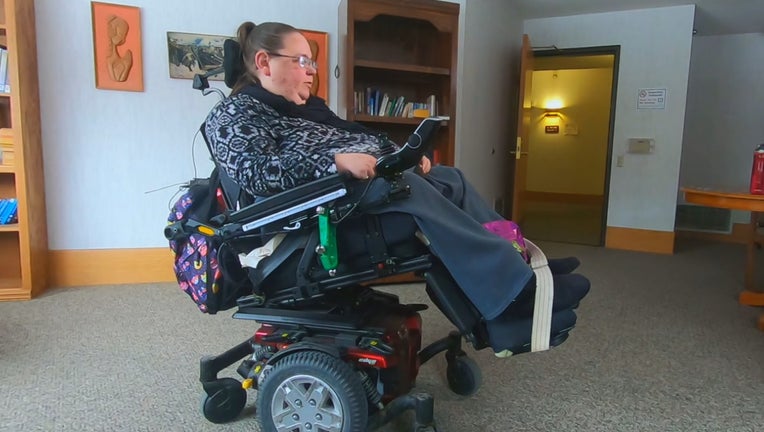

Symptoms include lethargy, somnolence, headache, ataxia, stupor, and possible seizures. They promote an initial feeling of euphoria, with an effect lasting between 15 and 45 minutes, leading to CNS depression. Lipophilic hydrocarbons have high volatility, allowing them to readily cross the blood-brain barrier. Due to their high lipid solubility, inhalants are rapidly absorbed across pulmonary membranes and into the bloodstream. Persons who engage in inhalant abuse rarely seek immediate medical attention. At a 3-month follow-up, the patient reported not having abused inhalants during this period, and his mood symptoms were markedly improved. After a short hospitalization, he was enrolled in a dual-track treatment program aimed at treating both his mood and substance use disorders. The patient was admitted to the inpatient psychiatric unit for his safety and started on mirtazapine for his depression, sleep deprivation, and appetite loss. He denied use of any other illicit substance. However, he did endorse an overall depressed mood, poor sleep, lack of appetite, and loss of interest in any activity that did not involve huffing, and he expressed guilt related to his continued use of inhalants and the negative consequences. He was on probation following an arrest for attempting to steal computer-keyboard dust cleaner from a local hardware store.

He revealed that he lived alone, had lost his part-time job, and had been dismissed from his college courses, and he endorsed increasing isolation from his family. He reported "huffing" approximately nine cans of computer-keyboard dust cleaner daily over the past 3 months. A consult with the psychiatric service was ordered due to the patient's history of depression and clinical presentation.ĭuring the psychiatric evaluation, the patient was tearful, withdrawn, and somewhat weak and unsteady. His initial medical workup did not reveal any abnormalities. His ethanol screen was also negative, and his vital signs were within normal ranges, except for a blood pressure reading of 150 mmHg/100 mmHg. The patient's urine drug screen was negative for cocaine, methadone, opiates, propoxyphene, benzodiazepines, barbiturates, and amphetamines. "Steve" is a 20-year-old young man who was brought to the emergency department after being found in an altered mental state in his apartment during a safety check. To aid clinicians in identifying this behavior, initial diagnostic and management approaches, as well as guidelines for psychiatric comorbidity screening, are also discussed. The discussion that follows provides definitions of various forms of inhalants, as well as description of the practice of inhalant abuse, including associated terminology ("street names"), popular culture cameos, and possible clinical adverse effects. The case report below provides insight into inhalant use disorder in the context of comorbid depressive disorder. Due to the lack of readily available diagnostic tools for detecting inhalant use, this commonplace practice of substance abuse goes largely undetected. Furthermore, it is estimated that 70% of persons with inhalant use disorder meet criteria for at least one lifetime mood, anxiety, or personality disorder ( 7).

Current data also suggest that the lifetime prevalence of inhalant use among persons aged 18–25 years is 13.1% and 9.6% among those aged ≥26 ( 6). Estimates show that 11% of high school students use inhalants as a form of achieving a "high" ( 5).

However, less focus has been placed on the forgotten but commonplace use of readily available inhalants as a means of achieving a "high" and its relationship with comorbid mental disorders.ĭSM-5 defines inhalant use disorder as a "problematic pattern of use of a hydrocarbon-based inhalant substance leading to clinically significant impairment or distress" ( 4). Additionally, guidelines pertaining to low-risk cannabis use have been established ( 3). Recent efforts aimed at analyzing new forms of substance abuse have led to identification of risks associated with electronic cigarettes ( 1) and synthetic cannabinoids ( 2).


 0 kommentar(er)
0 kommentar(er)
